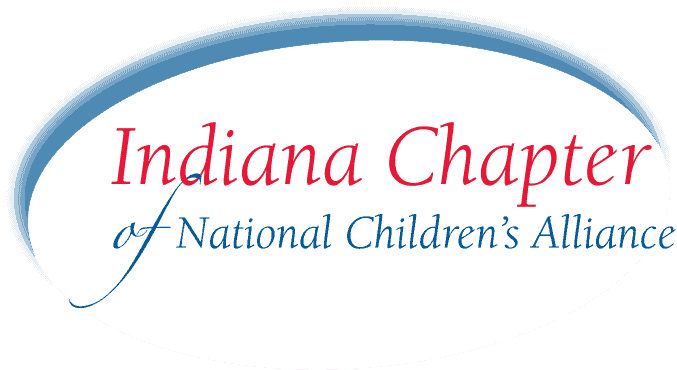
Indiana’s caseload of Child in Need of Services cases has doubled in 10 years. Neglect cases show sharpest rise.
Today news outlets across Indiana are reporting on a near doubling of cases involving child abuse. New Indiana caseload statistics show 17,491 Child in Need of Services (CHINS) cases in Indiana courts in 2015. That’s up from 8,161 in 2006. A 97.4% increase in ten years. Court officials claim it’s directly related to Indiana’s opioid crisis.
The numbers break down further, however, and it gives more detail. “We’re looking at three things. We’re talking about neglect, physical abuse, and sexual abuse,” says Emily Perry. Perry is the Board President of the Indiana Chapter of National Children’s Alliance and Executive Director of Susie’s Place Child Advocacy Centers in Hendricks, Monroe, and soon Vigo Counties.
“We’ve seen a huge increase in neglect. This increase is categorically from that column. If you look at sex and physical abuse, there’s a slight increase in those categories, but they’ve remained steady over time,” says Perry. She adds, “Neglect can be directly correlated to two things. One is untreated mental health issues and two, addiction issues. Those are often dual-diagnoses as people who have untreated mental health issues are often treating themselves through addiction.”
Data from the Indiana Youth Institute shows neglect rates at 42 out of every 1,000 kids in Perry County in 2015 – the highest in Indiana. If you consider abuse and neglect rates, rates are high even in areas like Hamilton County, at 259 substantiated cases of abuse and neglect there in 2015.
It’s this reason Perry has a specific plea for all Hoosiers to not think of this problem as something outside their neighborhood or network. “People always think of this as a problem for people in poverty. We’re seeing drugs infiltrating middle and upper class areas all the time. Those kids are suffering, too, and so many taboos exist in those neighborhoods they’re struggling even more. This is pervasive.”
The consequences of this are huge for Indiana and the United States. “We have an increasing number of kids who are essentially parenting themselves,” says Perry. This produces a vicious cycle as children are born with addiction or other health issues, like Hepatitis C or HIV.
We see parents who are so addicted to drugs they forget they even have kids for days at a time.
“We see parents who are so addicted to drugs they forget they even have kids for days at a time,” says Perry. “They just do not have any sort of caregiver looking out for their well-being. They’re not receiving guidance or discipline, they’re not always making it to school, and they’re certainly not being nurtured.” This cycle can continue as children become parents themselves who don’t know how to be productive and healthy.
“We need look at the public health prevention model in how you intervene with these families in such an intense manner you break the cycle. It’s not hopeless, but the numbers are astounding,” says Perry. She and many other child advocacy professionals recognize Indiana can’t hire enough DCS Caseworkers, police, or prosecutors to investigate our way out of this problem.
Perry says, “You have to have prevention initiatives implemented at a massive level. It has to be a priority in state government to make that happen and I don’t see that coming in our future. I don’t see this being an issue discussed at any level of government. We can’t just look at DCS’ caseload statistics as an indication of assistance given.
Perry gives the example of national and statewide anti-smoking campaigns as an example. “That came together as a public health initiative and we did it from hundreds of different angles. We still have smokers, but the number has dropped a lot because we came at that issue from every angle and every demographic and population and race and gender. Not all at one time, but we did it from a wide angle.” Lawmakers, she says, should take a similar approach here and avoid thinking singularly about any one aspect. This is likely a generation-long problem.
Another example Perry encourages lawmakers to discuss is mental health investments. Indiana, on most measures of access and treatment of mental, drug, and alcohol treatment, is in the bottom 5-10 states nationally for all residents.
Perry adds, “Our number one issue at Susie’s Place is finding high-quality, highly-qualified mental health professionals for families. We just don’t have enough people who are specialized in appropriate areas.”
Indiana law requires all Hoosiers to report any suspected case of abuse to 911 or the Indiana Child Abuse Outline at 1-800-800-5556.
